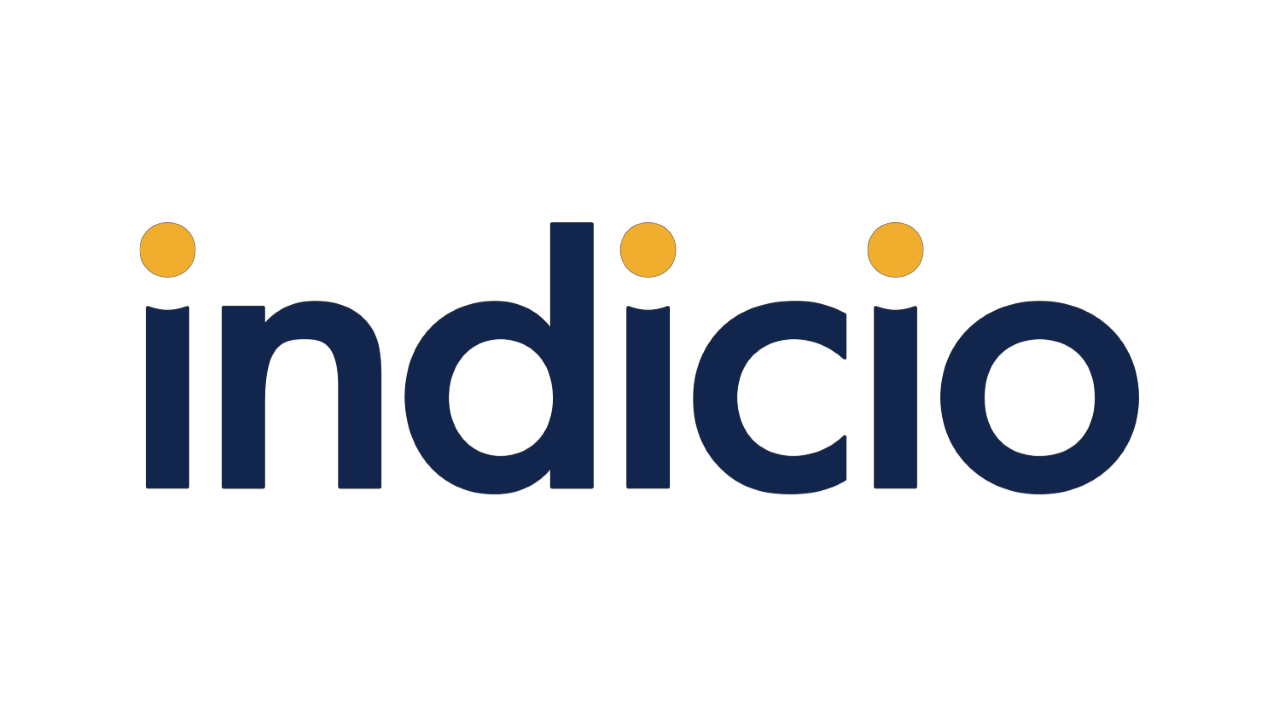Hyperledger Aries Bifold is a project focused on building decentralized identity wallets for the purposes of receiving, holding, and presenting verifiable credentials. While there are other exciting use cases for the technology down the road, the immediate goal is to provide open-source tools and wallets for the community.
By James Ebert
The Hyperledger Aries Bifold Users Group recently hosted its first ever summit to discuss technical priorities for the coming year. The most pressing issues were architectural — how to easily contribute and pull changes in from the project and how to better facilitate customization for individual solutions.
Some of the other important issues raised over the two-day summit included: What does the Bifold community want out of the next Aries interop profile – essentially, what technologies does the community want to be standardized for interoperability? A related question was “where does overlay capture architecture (OCA) fit into the interoperability profile?” This conversation led to several good ideas and is being continued in the Bifold Working Group bi-weekly meetings.
Other questions became action items for additional research, specifically around certain tools and integrations that the group would like to accomplish for the project. One such action item is in regard to Storybook — a tool for UI design and iteration, another one was Expo — a tool used to simplify the development process.
The most important outcome from the summit is that the project will move toward a focus on a modular, component-based architecture. The goal is to provide building blocks for creating digital wallets, rather than a full application that people can adapt to their purposes. This will provide more flexibility to the end developer trying to build using the software that already has their own requirements and use-cases they need to meet.
What’s next?
The group will also gradually experiment with implementing this new architecture: the consensus was that we don’t want a full refactor but rather a slower inclusion of more features over time. The next steps are getting some of the basics in place — for example, migrating to using Yarn instead of Node Package Manager (NPM) for package management, and setting up new standards for project configuration and repo management.
There is certainly plenty still to be done but I think that you could comfortably call the first Hyperledger Aries Bifold summit a success. There was a great turn out from the community, the important conversations for moving the technology forward happened, and now we have a clear development direction for the group and action items to tackle in 2023.
If you want to get involved with this project we always welcome people getting involved! You can find all the information you need here.
If you are interested in learning more about wallets, you can learn more about the Indicio solution Holdr+ here.
And if you have general questions about the technology or creating your own wallet for personal use you can get in touch with the team of experts at Indicio here.






